You Can Safely Use Your Phone While Charging, No Concrete Evidence Suggests Otherwise
The question of using your phone while it’s charging has sparked many debates. It’s not necessarily bad or wrong to do so, but taking certain precautions, whether you’re an iPhone or Android user, is essential.
If you do it correctly, you’re not risking any danger or harm using your phone as it charges. However, it does have an impact on your battery life.
Your phone’s battery is its lifeline – without it, it won’t function. Looking after the health of your battery is crucial because it significantly affects your device’s lifespan.
Busting the myth

The belief that using your phone while charging is harmful is a misconception. It’s not true at all. There’s no solid reason to stop you from using your phone while it’s charging. Your phone is designed to handle the charge while using any app.
While your phone may warm slightly during use while charging, it’s typically not a cause for concern.
However, if your phone becomes too hot that it’s uncomfortable to touch, it would be wise to consult a professional who can identify any potential problems. But for most contemporary phones, this shouldn’t be an issue.
Where Did The Idea Came From?

The notion that one shouldn’t use a phone while it’s charging didn’t materialize out of nowhere. It’s a belief grounded in historical context.
The primary concern about using your phone while charging arises from experiences with older battery types. Thankfully, smartphone manufacturers have replaced these problematic batteries with more reliable ones.
Old batteries could risk overheating and becoming useless due to ion movements that generated heat and led to salt buildup. Using phones while charging exacerbated this issue by contributing to heat buildup and extra device strain.
Extreme cases could even result in phones exploding due to the intense heat and pressure exceeding what the phone casing could withstand. However, such worries are outdated.
Modern phone batteries, if not faulty, can be used while charging without causing issues.
Effect Of Charging Your Phone While Using It
It’s not uncommon to charge your phone while still using it, especially in this digital age where we rely on these devices for various tasks. However, this practice can have several implications for your device, including overheating, slow charging, potential charging cable damage, and more.
1. Phone Overheating
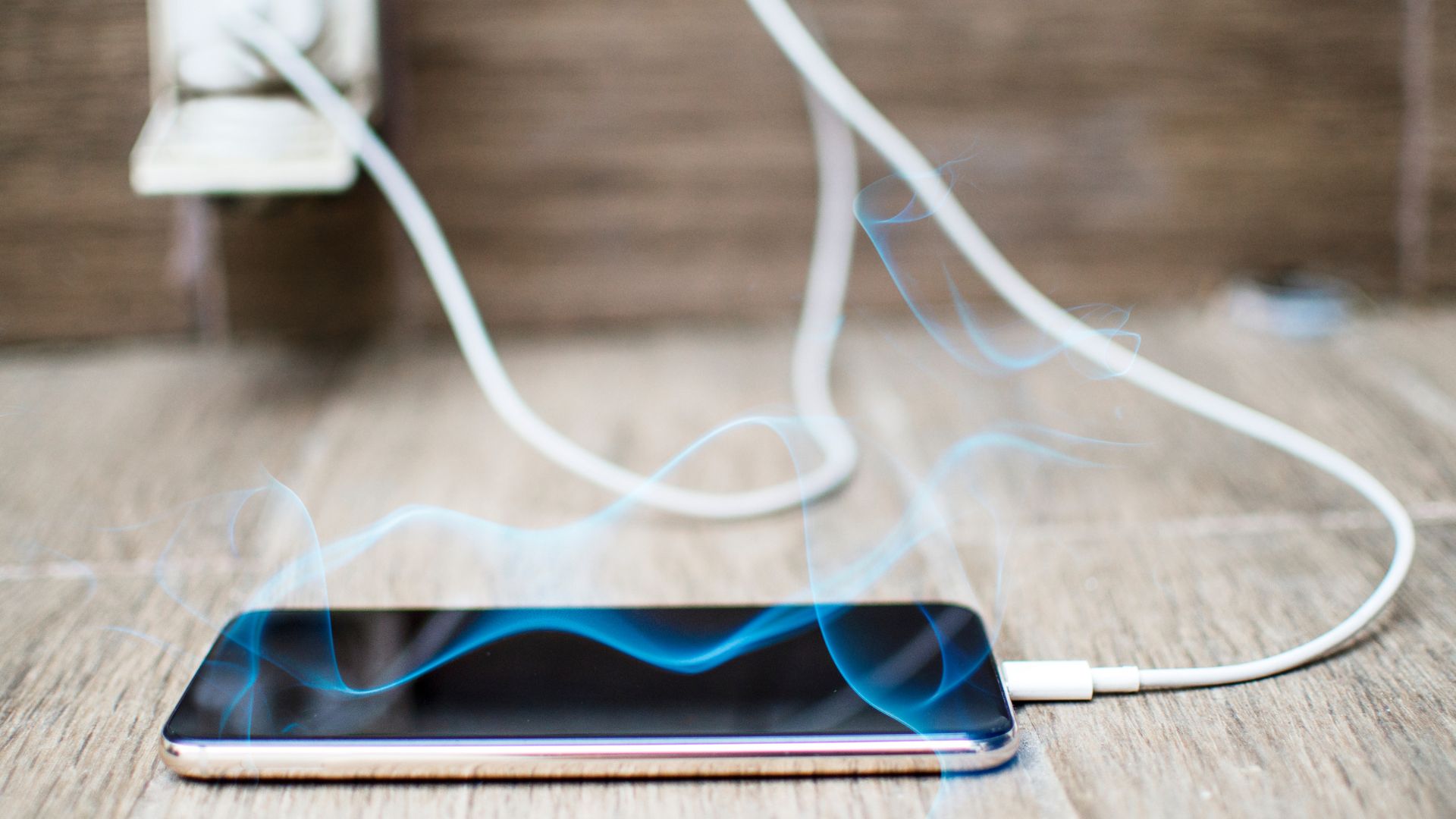
Overheating is one of the most noticeable effects of using your phone while charging. This occurs due to the simultaneous battery discharge process (during use) and charge (from the power source). The increased energy flow can generate excess heat.
When using your phone while charging, the processor works harder to manage multiple tasks at once. This results in more heat being generated and can lead to premature battery degradation, thus affecting the overall lifespan of your phone’s battery.
In more extreme cases, the heat can even damage the phone’s internal components or the external casing. Overheating also poses safety risks, as it could lead to battery swelling or even cause the battery to explode in rare instances.
2. Slow Charging

Using your phone while charging can also lead to slower charging times. When the phone is in use, it requires power to operate. So, a portion of the electrical current supplied by the charger is diverted to run the phone’s operations, leaving less energy for charging the battery.
Some apps and features, like GPS, high-performance games, or streaming services, can draw significant power, further slowing the charging process. Thus, if you’re looking for a quick charge, it’s best to let your phone rest while it’s plugged in.
3. Damage to the Charging Cable
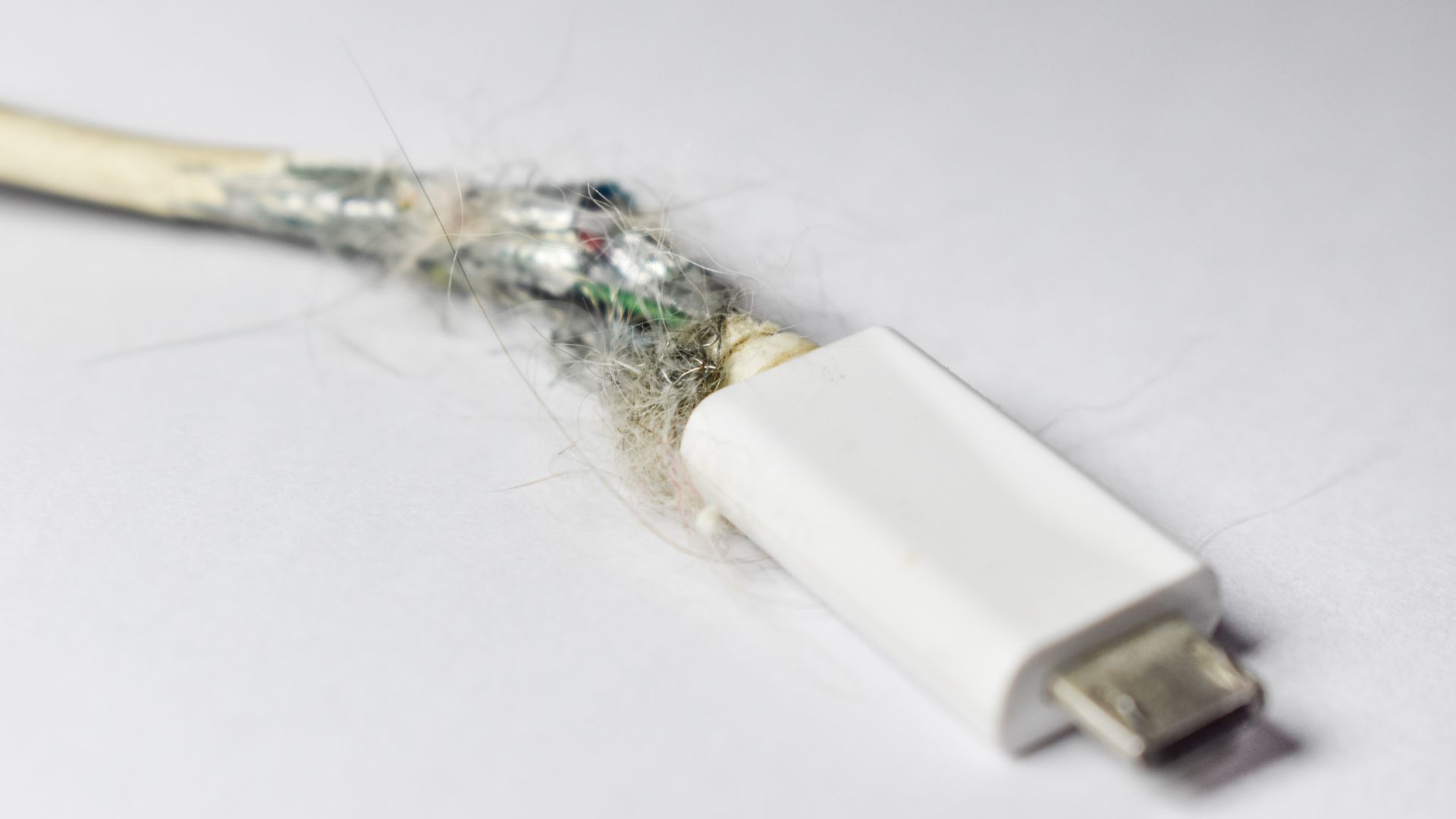
Using your phone while charging increases the chance of cable damage due to the physical strain of movement and bending, which can wear out the cable over time.
Any movement can also loosen the connection at the charging port, leading to an inconsistent power supply that can damage the charging system and pose a safety risk.
4. Impact on Battery Life
Over time, using your phone while charging can reduce the battery’s overall lifespan. Batteries have a finite number of charge cycles, typically around 500 to 1500 full charges from 0 to 100%.
Using your phone while charging can cause mini charge cycles where the battery gets used a little and then charged a little. This can use up the battery’s charge cycles faster, leading to its ability to hold a charge diminishing over time.
Charging Mechanism in Modern Phones
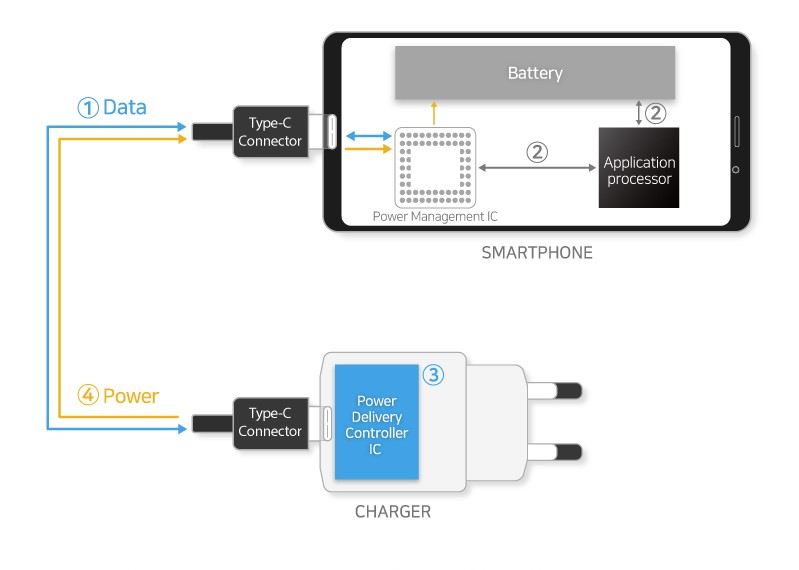
For your phone to function, it requires energy provided by the battery. The battery does this by turning chemical energy into electrical energy. Let’s get scientific, pardon our French.
Most smartphones use Lithium-ion batteries because their chemical structure allows for a lone electron in the outermost orbit, facilitating longer battery life and faster charging. A Lithium-ion battery primarily consists of three parts: a cathode (positive electrode), an anode (negative electrode), and a separator.
The cathode comprises materials like Manganese, Cobalt, Nickel, and others. Meanwhile, the anode comprises graphite, with Lithium tucked within its layers.
Under normal operation, Lithium ions flow from the anode to the cathode. Your battery is drained when all the ions have moved to the cathode side. But when you charge your phone, the ions move in the opposite direction.
During this process, the separator or electrolyte aids the movement of the Lithium ions between the electrodes while preventing electrons from passing through. Using your phone while charging is unlikely to cause an explosion. However, if it overheats excessively, it could trigger a process known as thermal runaway.
This is when the phone reaches a critical temperature, leading to a chain reaction that ignites a fire and, in extreme cases, can result in an explosion. Hence, it’s crucial to avoid overheating and stay vigilant for signs that could lead to such incidents.
Is it bad to answer calls while charging?
It’s not harmful to pick up calls while your phone is charging, but it could be uncomfortable and potentially risky due to the heat generated by the phone. A safer choice would be to switch your phone to speaker mode or temporarily unplug it to take the call and then reconnect it to the charger afterward.
Modern phones have improved cooling systems. If your phone overheats during charging, the problem likely lies with the phone itself or a fake battery rather than using it while charging.
Our phones know how to manage power
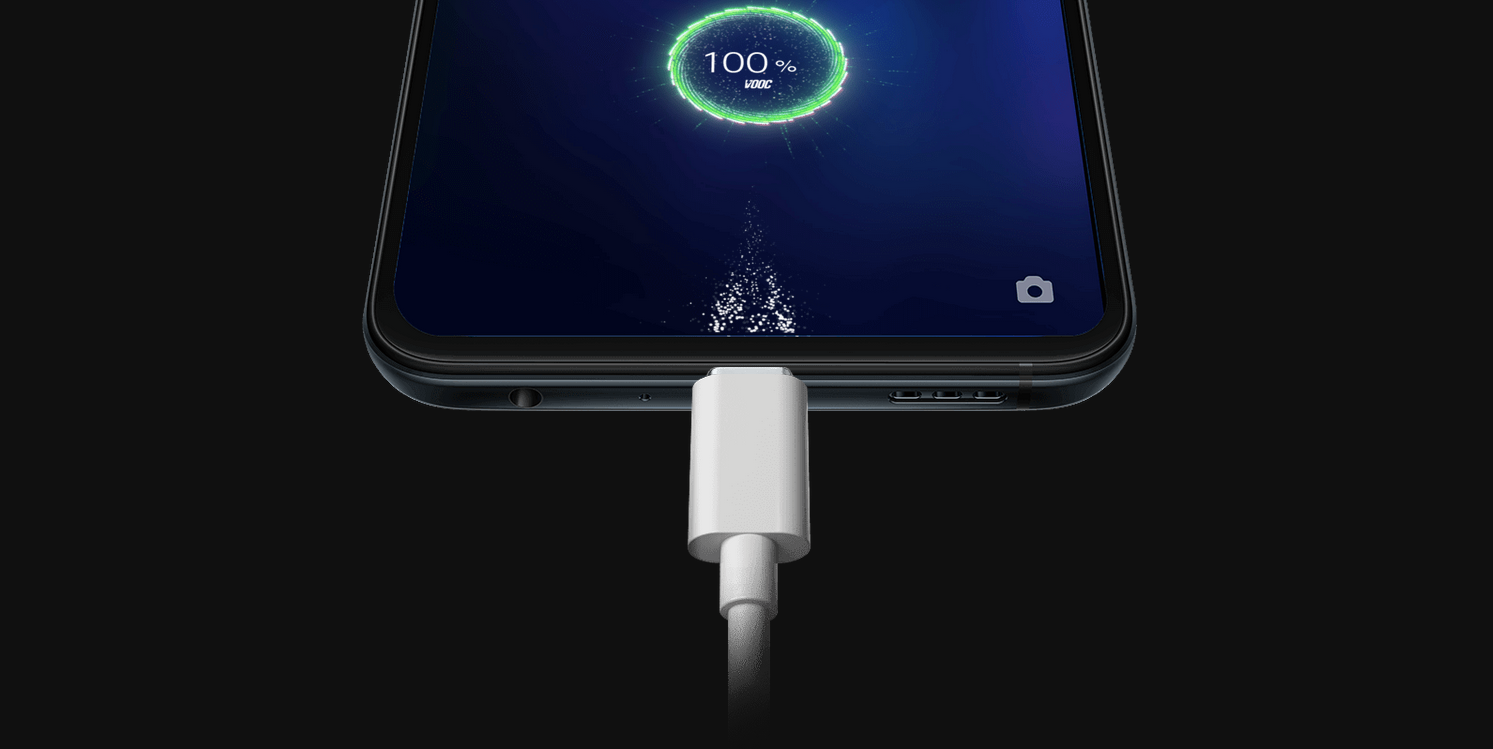
Our phones are smarter than we often give them credit for. When you plug your phone into an outlet and charge it to 100%, it stops charging the battery (as to not overcharge) and runs the phone directly off power Once you unplug the charger, it reverts back to using battery.
Regularly draining your phone to zero before charging can cause harm; that’s simply how Lithium-ion batteries function. So, feel free to charge your phone whenever you get a chance. It’s entirely safe. You don’t even need to wait until your phone reaches 100% before using it.
Using your phone while charging can lead to faster use of the battery’s charge cycles due to mini cycles, which can reduce the battery’s ability to hold a charge over time. Several manufacturers have developed their own tech to further control the battery and mitigate any potential issues.
For instance, OnePlus has their notoriously proprietary WARP Charge (now SuperVOOC) which only works with the company’s own chargers and cables. Similarly, Apple’s Lightning port on iPhones limits compatibility and only supports a maximum of 20W of fast charging, but it allows Apple to greatly lock down any external factors that might interfere with the battery.

Other phones like Google Pixel and Samsung Galaxy devices often rely on standardized protocols instead of custom ones, such as USB-PD (power delivery) and Qualcomm’s QuickCharge. These might not be as fast but they allow for much better support of third-party accessories and essentially no R&D cost. In summary, all of these work to ensure the battery operates optimally both when charging and discharging.
Best Battery Practices For Your Phone
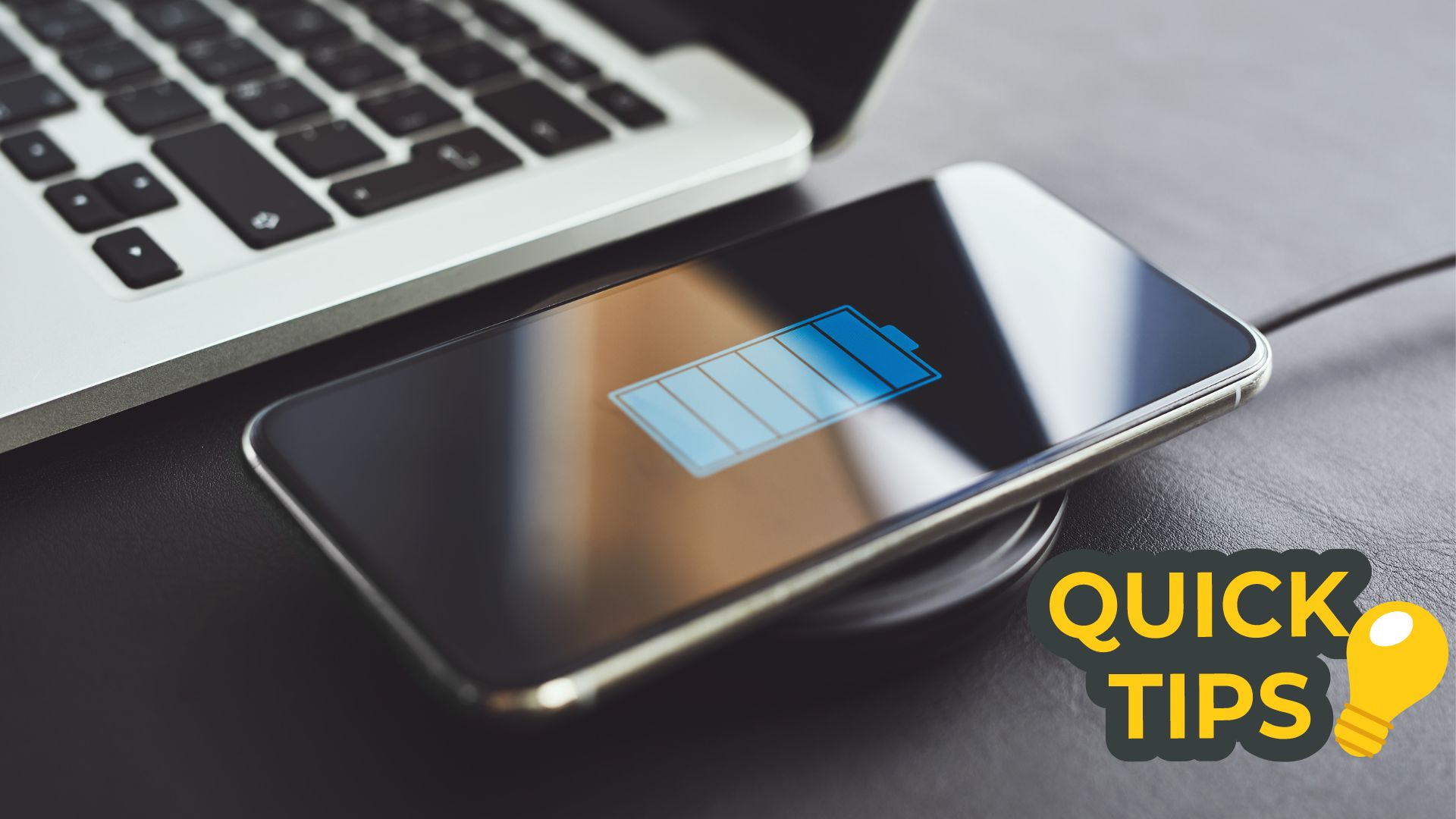
Here are some common tips and tricks for using your phone while charging and ensuring optimal battery health:
- Quality equipment: Always use original charging equipment or certified third-party chargers and cables that your phone’s manufacturer approves. Non-certified chargers and cables can harm your device’s battery or pose safety risks.
- Avoid intense use while charging: If you’re performing heavy tasks like gaming, streaming, or running intensive applications while the phone is charging, it may cause the phone to heat up. This can degrade the battery’s health over time. Light usage, such as texting or calling, is generally okay.
- Maintain optimal temperatures: Excessive heat or cold can harm your battery. When charging your phone, keep it in a cool, well-ventilated place. Consider removing a case that traps heat if you’re using it during charging.
- Adopt battery-saving techniques: Many phones have built-in battery-saving options. Using these features can help prolong your battery’s lifespan. Regularly closing unused apps, reducing screen brightness, and turning off push email when it’s unnecessary can all help.
- Update your device: Regular updates provide new features, often including battery optimization and efficiency improvements. Keeping your phone updated can potentially extend your battery’s health and lifespan.
- Calibrate your battery: If your battery’s performance is inconsistent or poor, it might be worth calibrating it. This usually involves completely draining the battery and then charging it uninterrupted to 100%.
- Avoid full 0-100% cycles: Lithium-ion batteries, common in many devices, prefer partial cycles over full ones. Keeping your battery between 20%-80% charged for optimum lifespan is often recommended.
- Safe charging practices: Don’t leave your charging phone unattended for long periods, especially on flammable surfaces. It’s rare, but batteries can sometimes overheat and pose a risk.
Remember, these practices can help extend the life of your battery, but all batteries have a limited lifespan and will degrade over time. A professional must check if you notice any severe issues with your phone’s battery, like rapid draining, overheating, or physical bulging.
Use your phone while charging at ease
Understanding how phone charging works and debunking common myths are crucial to optimizing your device’s performance and longevity. Most phones use lithium-ion batteries, which function through the flow of lithium ions and do not require complete discharge before recharging.
Some widespread charging myths, like fearing phone usage during charging or overnight charging, are largely baseless, provided quality chargers are used and overheating is avoided. Brands like iPhone, Samsung, and OnePlus utilize diverse charging systems that have evolved for efficient power management.
We haven’t even talked about wireless charging here, which completely changes the conversation if you use it. Remember, the longevity and performance of your smartphone are in your hands. Make smart decisions about charging and using your device rooted in common sense, and it will serve you well for years to come.
 Reviewed by
Reviewed by 




